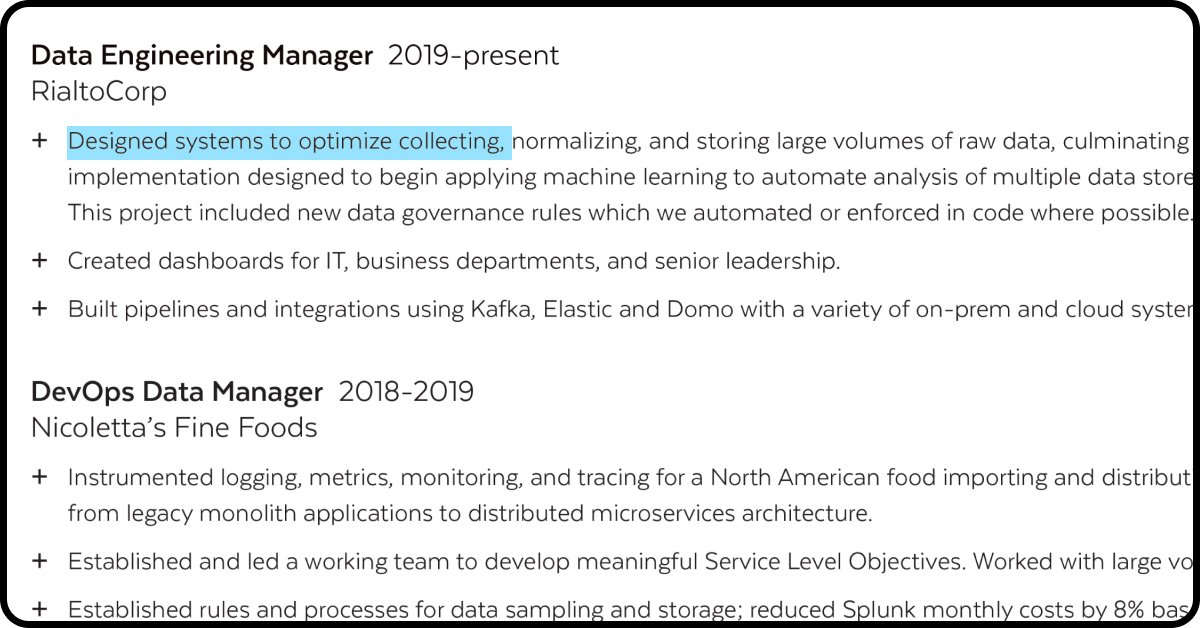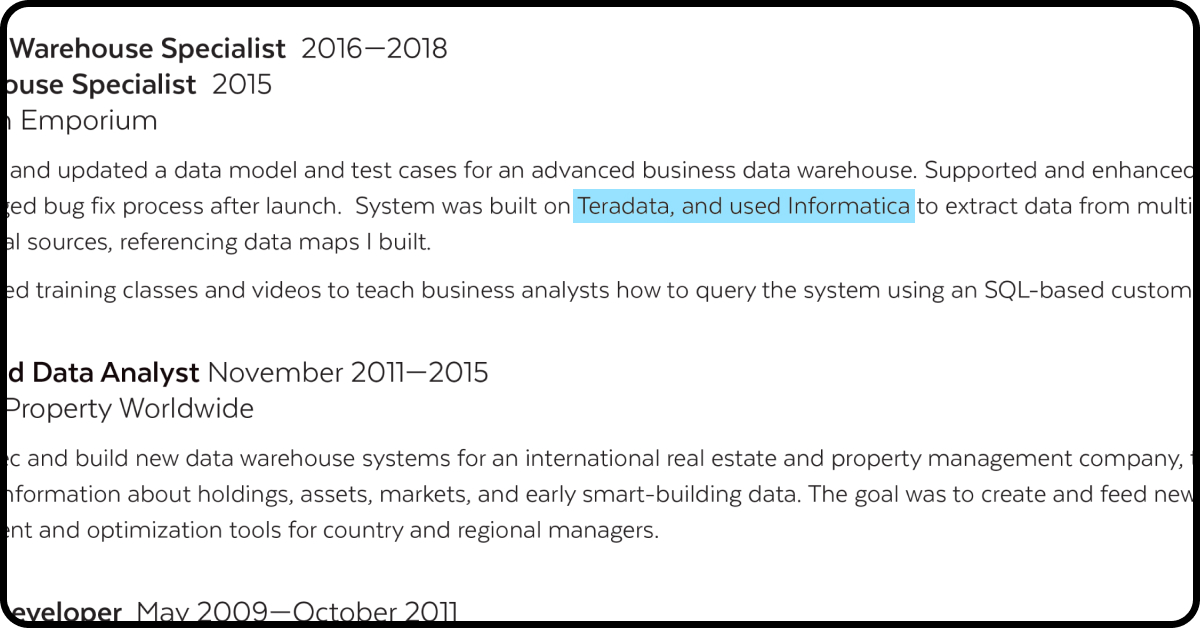It’s a great time to be a data architect. In fact, from a career point of view, it’s a great time to be a data anything.
Companies are discovering the extraordinary value of analytics. That makes it a candidates’ market, said McElla Pappas, VP – US West for recruiting firm Harnham, which specializes in data and analytics professionals.
“Everybody who didn’t grow their teams in 2020 because of concerns, budget constraints, market uncertainty—they’re now behind, and trying to catch up on headcount,” she said. “So an already constrained market, with such a low supply of talent, has been squeezed even more.”
Pappas said average salaries in the field recently rose 15%—in a single quarter.
The data architect title can mean different things at different companies, but commonly it’s a position focused on looking at the bigger picture for an organization, figuring out what data is there and how it should be modeled and harnessed to solve business problems.
Hiring companies today might be inclined to look for a very specific background to fill such a role. But Pappas noted that the competition to hire these experts is fierce. Candidates can always work on broadening their skills, of course.
To aid in that exercise, what follows is a resume fictional for a data architect job applicant. To be clear: This is not a real person.
Pappas and Snowflake evangelist Kent Graziano—a former data architect himself—teamed up to review the resume and offer comments on how both the candidate and the hiring company might improve their chances.
Click here to download the full version of the annotated resume.

Overall, said Pappas, this candidate “might be interesting for a senior manager or data engineering role,” but is less obviously a match for the technical requirements for a data architect.
In this market, that can’t be an automatic disqualification.

Dithers currently holds a management position. Since Data Architects are more commonly individual contributor roles, Graziano said Dithers should expect to be asked why she wants to make that switch. “When I interviewed for an architect position, I was asked that question myself,” he said.

Graziano said throughout this section, Dither should clarify which tasks she performed personally, versus those done by her team.

“What model—3NF, star, snowflake, data vault?” Always be specific about data models, Graziano said.

“Some companies get really hung up on their tool stack,” said Graziano with a shrug. He and Pappas agreed that most strong candidates can work with more than one toolset.
However, the candidate may need to show which skills remain current, and how they’ve stayed sharp. Does Dithers have any certifications or hands-on side projects that demonstrate additional current proficiencies?
A technically specific resume has a hidden benefit: It can free up interviewers to focus on higher-level skills.
“It’s interesting to see that real technical experts don’t need to do a technical test,” Pappas said, echoing Graziano’s comments. “They realize a strong candidate can pick up tools quickly.” Instead, Pappas said, interviewers should ask questions that probe a candidate’s business problem-solving ability.
“Ask them for a specific example of that, and then dig into the details. What stakeholders were involved, what was the 30/60/90-day plan? What obstacles did they encounter, and how did they solve them?”
These types of questions can help a company spot a candidate who, like our fictional Marilou Dithers, may lack certain background experience but turn out to be a strong Data Architect in the end.
Last, as Pappas noted, the candidate isn’t the only one on the hot seat in this job market. “Some candidates are weighing multiple offers” when they choose their next landing place, she said.
Beyond money and benefits, one key thing that can make a hiring company attractive is organizational structure. Job seekers are looking for concrete signs that a company takes data seriously. “A Data Architect may want to see that position reporting up to a Chief Data Officer, a head of analytics, or in some places a head of engineering,” she said.
